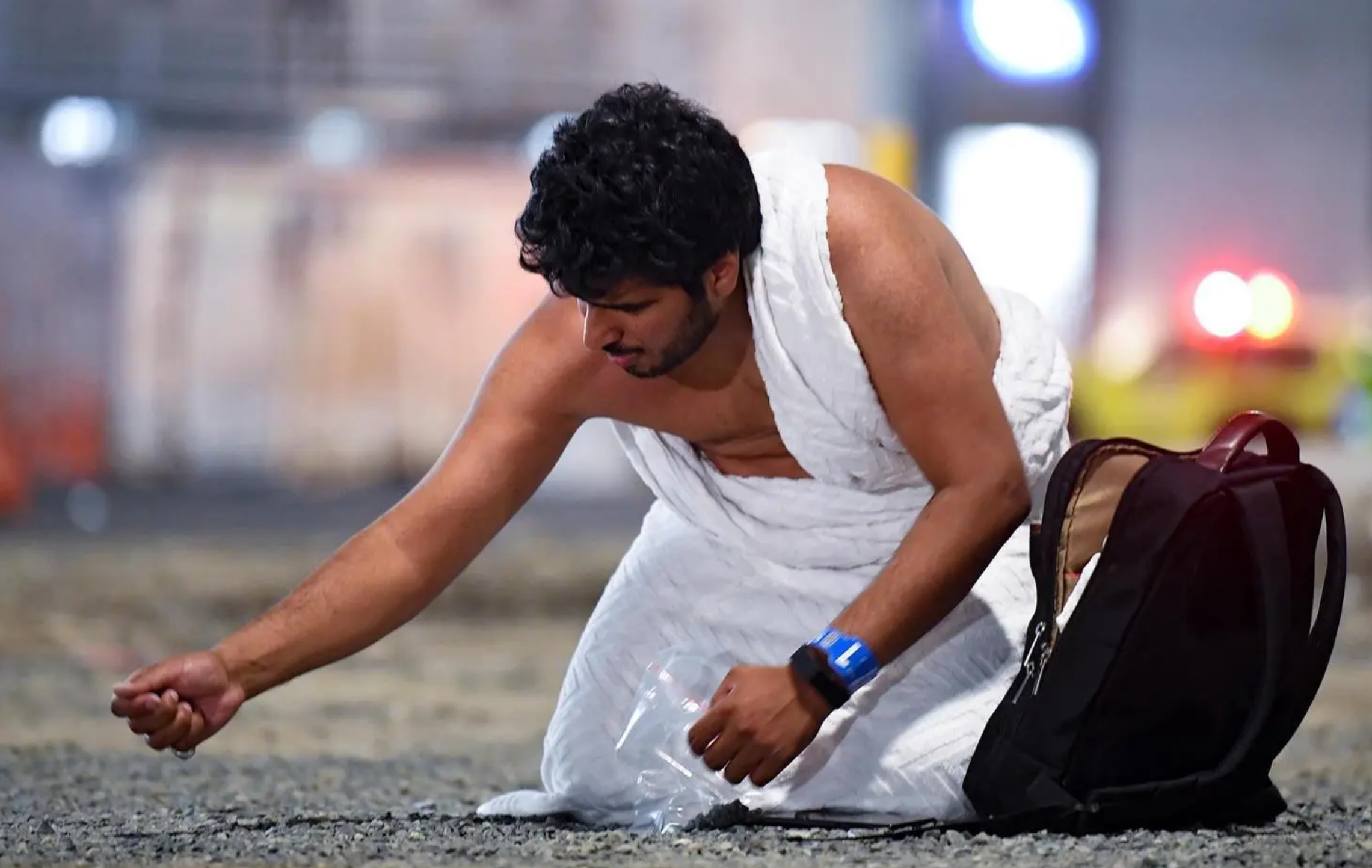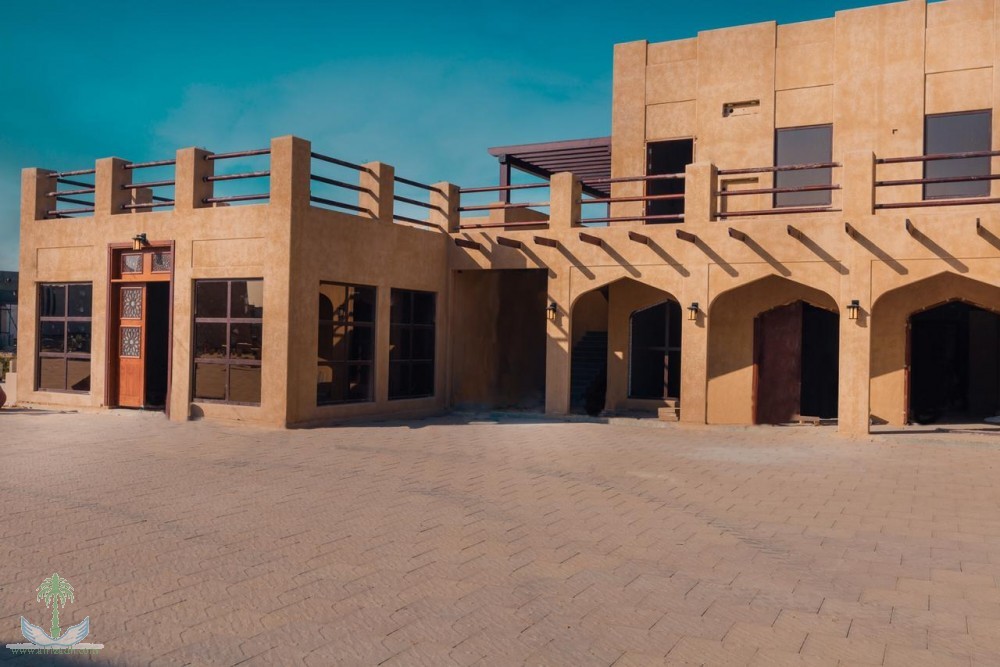
Hajj Stoning Ritual: From Pebble Collection to Jamarat Adherence
As pilgrims prepare for the stoning of the devil, the collection of pebbles for the Jamarat ritual is a meticulous process, guided by the teachings of Prophet Muhammad (PBUH). These pebbles, ideally the size of chickpeas or small hazelnuts, are carefully chosen to be neither harmful nor easily overlooked.
Pilgrims gather these essential stones from anywhere within the boundaries of Muzdalifah after leaving Arafat, reflecting the ease and adaptability within Sharia, as there is no specific requirement for where the pebbles must be collected.
The stoning ritual commences on Eid Al-Adha, when pilgrims throw seven pebbles at Jamrat Al-Aqaba (Al-Kubra), accompanied by the recitation of "Allahu Akbar" (Takbir) with each throw. Over the subsequent Days of Tashreeq, pilgrims continue the ritual daily, casting seven pebbles at each of the three Jamarat: Al-Sughra (the smallest pillar), Al-Wusta (the middle pillar), and Al-Kubra (the largest pillar).
Pilgrims are diligent in ensuring the correct number of pebbles, proper recitation of the Takbir, and that each pebble lands within the designated basin, avoiding errors that could invalidate the ritual.








